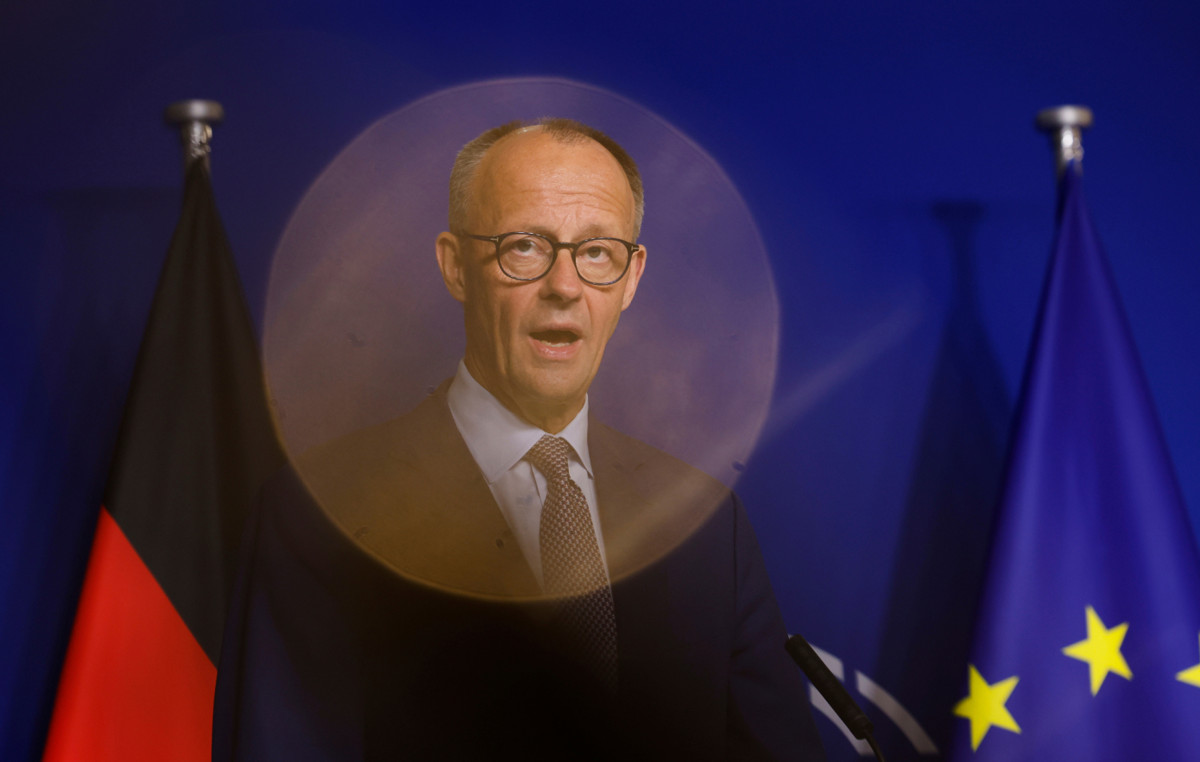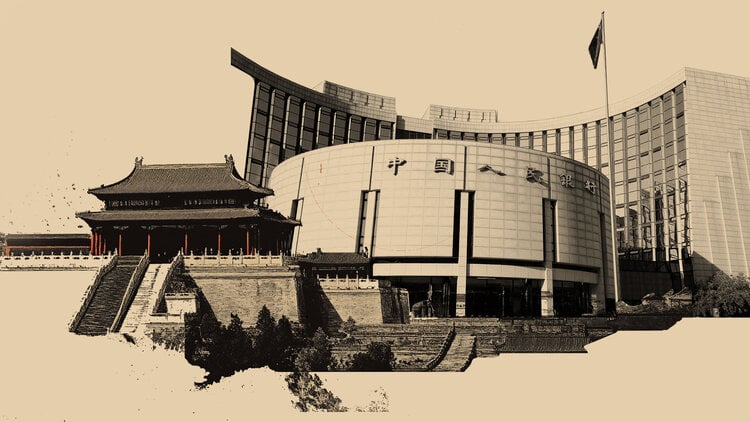Canada has decided to close its airspace to Russian flights, joining France, Italy, Germany, Denmark, Iceland and Lithuania. The Canadian transport minister announced the measure this Sunday (27). The bans come after Russia attacked Ukraine.
In a post on Twitter, the French transport minister, Jean-Baptiste Djebbari, announced that “Europe responds with total unity to the Russian invasion of Ukraine”.
France is shutting its airspace to all Russian aircraft and airlines from this evening on. To the Russian invasion of Ukraine, Europe responds with total unity.
— Jean-Baptiste Djebbari (@Djebbari_JB) February 27, 2022
Italy’s decision was also announced on Sunday by the prime minister’s office.
Germany has already decided to close its airspace to Russian planes and airlines for three months starting at 3 pm local time this Sunday (27), the country’s Transport Ministry said. Humanitarian aid flights are excluded from the ban, a ministry spokesman said.
The German ministry had said on Saturday that it was preparing to close airspace to Russian flights, following similar measures by other European countries in response to Russia’s invasion of Ukraine.
Also on Sunday, Iceland decided to close its airspace to Russian traffic, Icelandic Foreign Minister Thordis Kolbrun Gylfadottir said on Sunday (27).
Denmark has also announced the closure of its airspace to Russian aircraft, Danish Foreign Minister Jeppe Kofod said in a tweet on Sunday – he added that he would push for a ban on flights across the European Union.
In Lithuania, Prime Minister Ingrida Simonyte also announced via Twitter that the country will ban Russian airlines from its airspace from midnight local time on Sunday. ”
“No flights for aggressors in the sky of freedom,” Simonyte wrote.
Lithuania will ban Russian airlines from its airspace from midnight.
No flights for aggressor planes in the freedom sky.#StandWithUkraine
— Ingrida Šimonytė (@IngridaSimonyte) February 26, 2022
Airspaces already closed
Ukraine, Moldova and part of Belarus have completely closed their airspace, resulting in the cancellation of flights in the countries, as well as banning regular air traffic from passing through the closed space.
The European Union Aviation Safety Agency (EASA) doubled down on its existing safety alert on Friday, expanding the alert for airlines and other civil operators from 100 nautical miles to 200 nautical miles from the Ukrainian border with Russia. due to fears of “medium-range missiles penetrating controlled airspace.”
EASA said last Thursday (24) that “operators should exercise extreme caution”.
February 25th, 2022 seen on https://t.co/jgJyQiJIMk pic.twitter.com/JAIdxCcO6t
— Flightradar24 (@flightradar24) February 25, 2022
understand the conflict
After months of military escalation and intemperance on the Ukrainian border, Russia attacked the Eastern European country. At dawn this Thursday (24), Russian forces began to bomb several regions of the country – follow the repercussion live on CNN.
Hours earlier, Russian President Vladimir Putin authorized a “special military operation” in the Donbas region (to the east of Ukraine, where the breakaway regions of Luhansk and Donetsk are located, which he recognized as independent). hours later, however, there was an attack on almost all of Ukrainian territory, with explosions in several cities, including the capital Kiev.
According to Ukrainian officials, dozens of deaths have been confirmed in the armies of both countries. In his speech before the attack, Putin justified the action by saying that Russia could not “tolerate threats from Ukraine”. Putin urged Ukrainian soldiers to “put down your weapons and go home”. The Russian leader further stated that he will not accept any kind of foreign interference.
This attack on the former Soviet neighbor threatens to destabilize Europe and involve the United States. Russia has been tightening its military grip around Ukraine for the past year, amassing tens of thousands of troops, equipment and artillery at the country’s gates. In recent weeks, diplomatic efforts to defuse tensions have been unsuccessful.
The escalation in the years-long conflict between Russia and Ukraine has set off the continent’s biggest security crisis since the Cold War, raising the specter of a dangerous confrontation between Western powers and Moscow.
(From Sarah Marsh and Madeline Chambers of Reuters and Eliza Mackintosh of CNN)
Source: CNN Brasil
I’m James Harper, a highly experienced and accomplished news writer for World Stock Market. I have been writing in the Politics section of the website for over five years, providing readers with up-to-date and insightful information about current events in politics. My work is widely read and respected by many industry professionals as well as laymen.







